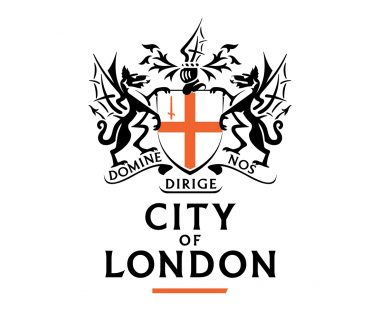In the UK, it is estimated that 4.5% of people have some form of colour deficiency, also known as colour blindness. This figure alone only covers the people who are known to have the condition, as with all visual impairments, a lot of people get by without getting assistance.
Interestingly, it is estimated that 95% of the colour blind community are male, with 1 in 12 men having the condition, compared to only 1 in 200 women.
As suggested, a lot of people get by in life living with the brain distinguishing the colours that they see against the ones that everyone else views. There are several famous people that can demonstrate this.
Famous People Who Have Colour Blindness
Professional snooker player, Peter Ebdon, is also colour blind. Whilst playing snooker, he often needed to ask the referee for help during the game to distinguish the brown ball from the red balls. Ebdon played foul shots in several notable matches because he confused the two colours.
Despite this, Peter Ebdon ranked as the top 3 snooker player in the world rankings, and was consistently in the top 16 in the years after.
Other famous people who are colour blind include:
- Keanu Reeves (Canadian actor)
- Howie Mandel (Canadian comedian)
- Prince William (second in line to the throne in the UK and Prince of Wales)
- Mark Zuckerberg (creator of Facebook)
- Logan Paul (YouTube star turned MMA fighter)
- Fred Rogers (American TV celebrity)
- Eddie Redmayne (actor)
- Mark Twain (author)
- Christopher Nolan (film producer and director)
- Vinny Testaverde (American football player)
Find out more information on these famous people with colour blindness.
Web Design for Colour Blindness
In this section, we’ll explore how website elements and content can hinder or be inaccessible for people with colour blindness. This, along with poor colour choices, can even affect people who are colour blind when accessing digital platforms.
Web Content Accessibility Guidelines (WCAG) Recommendations For Colour Blind Users
All web page content should be easy to read against the background. To ensure this is the case a minimum contrast ratio of at least:
- 4.5:1 is required for normal text.
- 3:1 should be used for large text. Large text is defined as 14 point if in bold or 18 point (but typically 24px) or larger.
A logo and branding are a great focal point for any company, but when two colours have poor contrast ratios, they make it difficult for someone who is colour-blind to distinguish what is being portrayed. It is not only the colour-blind who may struggle with this. If a website does not provide the differential between two or more colours, then this won’t help anyone read the text displayed.
Colour is very important to website developers, enabling them to make their websites more vibrant and stand out from the crowd. However, inclusive considerations and practical insights are needed for their platform to be accessible.
A logo is only one accessibility issue, others to think about is the:
- Contrast between the text and background colours on web pages and site features.
- Colours being used to highlight a link or an element, such as a button. To meet with WCAG then these focus states need to be clearly visible when hovered over or actioned. When doing so, does it still meet sufficient contrast ratios? If not, then your text may not be legible.
- Use of graphs and charts. Even when colour coded with a legend, these may still be inaccessible and require clear labelling.
- Error messages on websites. Not only does it come down to the colours used, but also if text is greyed out on elements when they aren’t active – can they still easily be seen?
- Use colour alone to convey a message, such as when a section of a form has been completed incorrectly. If only a colour was used, this would leave colour blind users unaware of what they have filled in wrong.
Of course, we are not saying that you can’t use colour on your websites, but sometimes additional information or direction is required to enable everyone to interact with the platform.
Find out more about the need for accessible colour contrasts on websites in our blog and how to meet WCAG 1.4.1, 1.4.3, and 1.4.6 criterion.
Web Design for Colour Blindness Conclusion
Even though I am blind and have no awareness of colour now, I am sure that everyone would agree that a world without colour would be dull and drab. That is not to say that if you have had no sight since birth that you view the world in this way, but like myself, who has had sight before, colour is great.
The use of colours is an incredible way to advertise businesses and websites. But, only if you adhere to the colour contrast guidelines and not solely rely on colour for directions or acknowledgement online.







